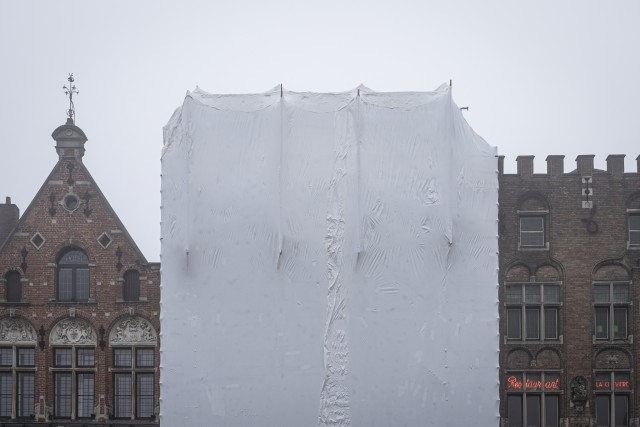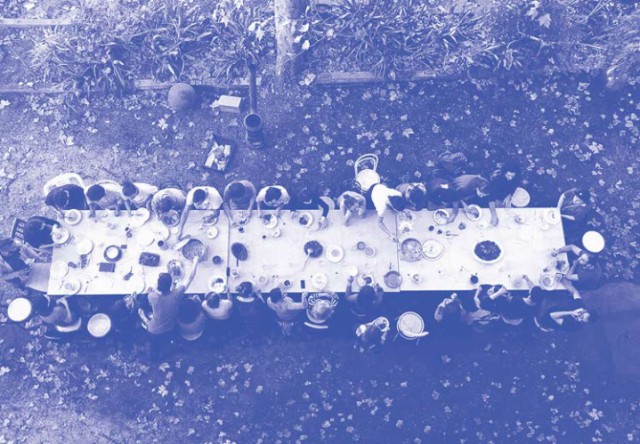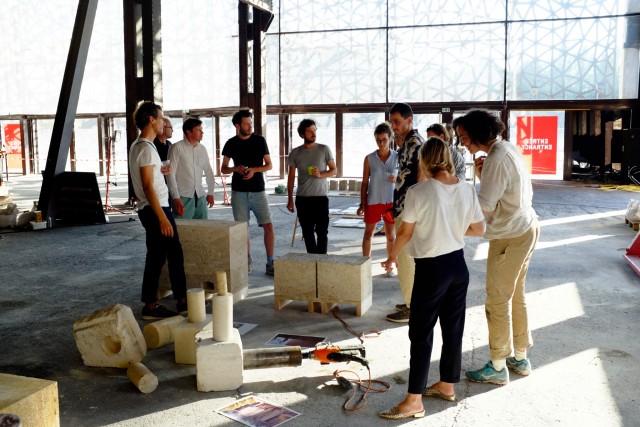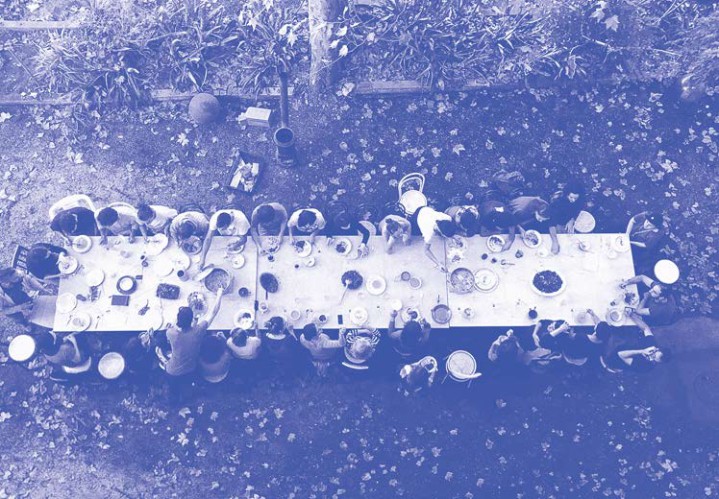2021
Togetherness
The COVID-19 outbreak has completely changed the landscape of the mundane around the world. Cities were deserted. There was no sign of human life, while animals took over urban territory. Air quality improved significantly. People were able to see the Himalayas for the first time in their lives, the beautiful mountainrange, although close by, was veiled in a continuous smog . Nature flourished, silence prevailed and we felt at home somewhere in an idyll, a paradise like home. A new landscape emerged. Unfortunately not for everyone.
“Shackled” at home. Anyone who had space and outside space could enjoy this sudden turn in life. A revival, a rest, a moment to breathe in the whirlwind of hectic life. Working at home, relaxing at home, studying at home, staying at home, … At home …
Slowly, news reports of disadvantaged children, backlog at school, lack of resources, growing domestic violence, trickled in. The downside of the coin.
There were new regulations, a new daily “order”, a new daily functioning: distance, bubbles, masks, social distancing, … Lines on the ground, stickers with rules, rules and rules, queues everywhere, plastic screens, grids. The ground, grid patterns with waiting lines in shops and public buildings, on the sidewalk in front of the shop, … “We have become faceless figures who distance themselves.”
It is precisely in these times that “together” is more important than ever. Architecture and public space have the intrinsic goal of bringing people together and connecting them. It was the topic of the 2019 Festival of Architecture in Ghent, “Connect the city!”.
How can we give shape to spatial patterns of ‘togetherness’, to togetherness? How can we explore, study, analyze, shape spatial patterns and functions in a way that they promote the socially interactive, the inclusive, the integrative, the playful, the empathic, the interstitial? How can we deal with, or rather resist, this temporary (external) reality of social detachment?
SPACE BECOMES CRUCIAL, with particular attention to the mixing of and the transition between private, public and collective space, within the overarching theme of togetherness.
Hera Van Sande




































